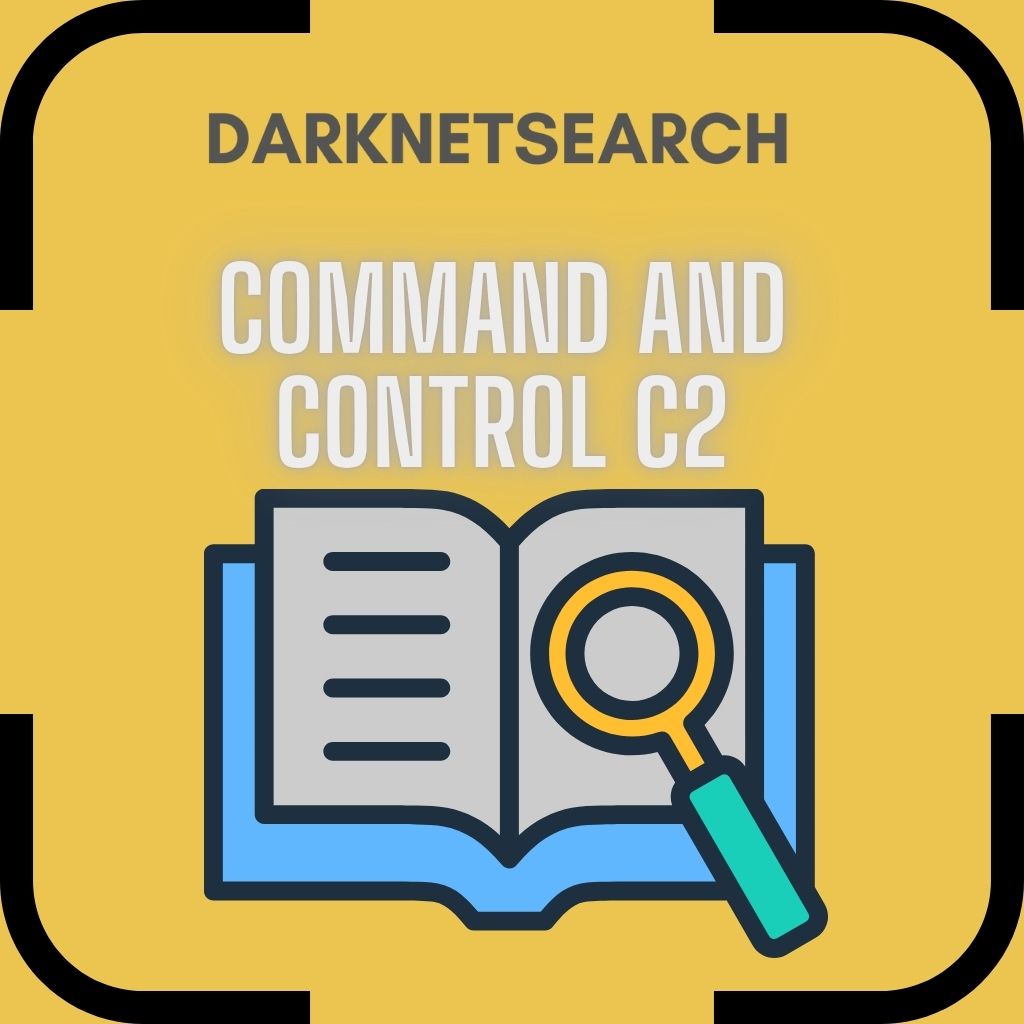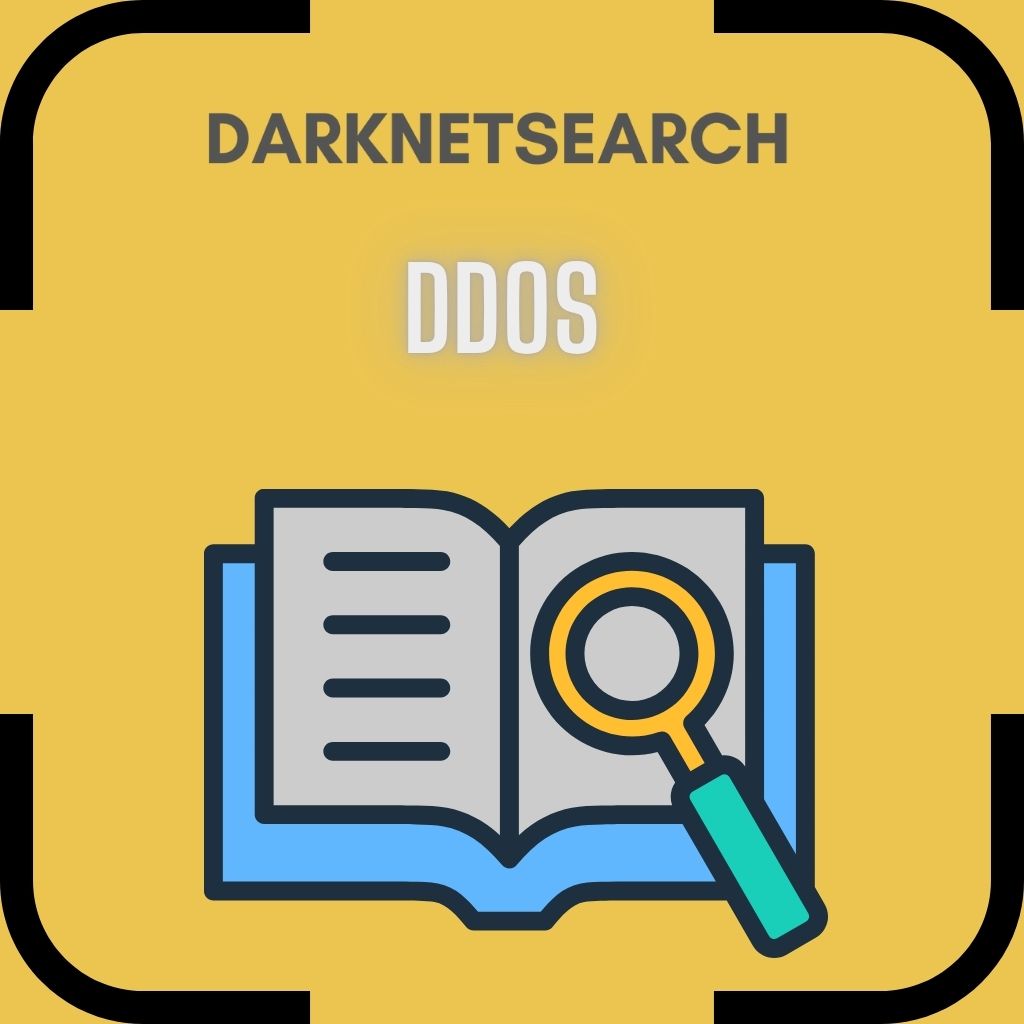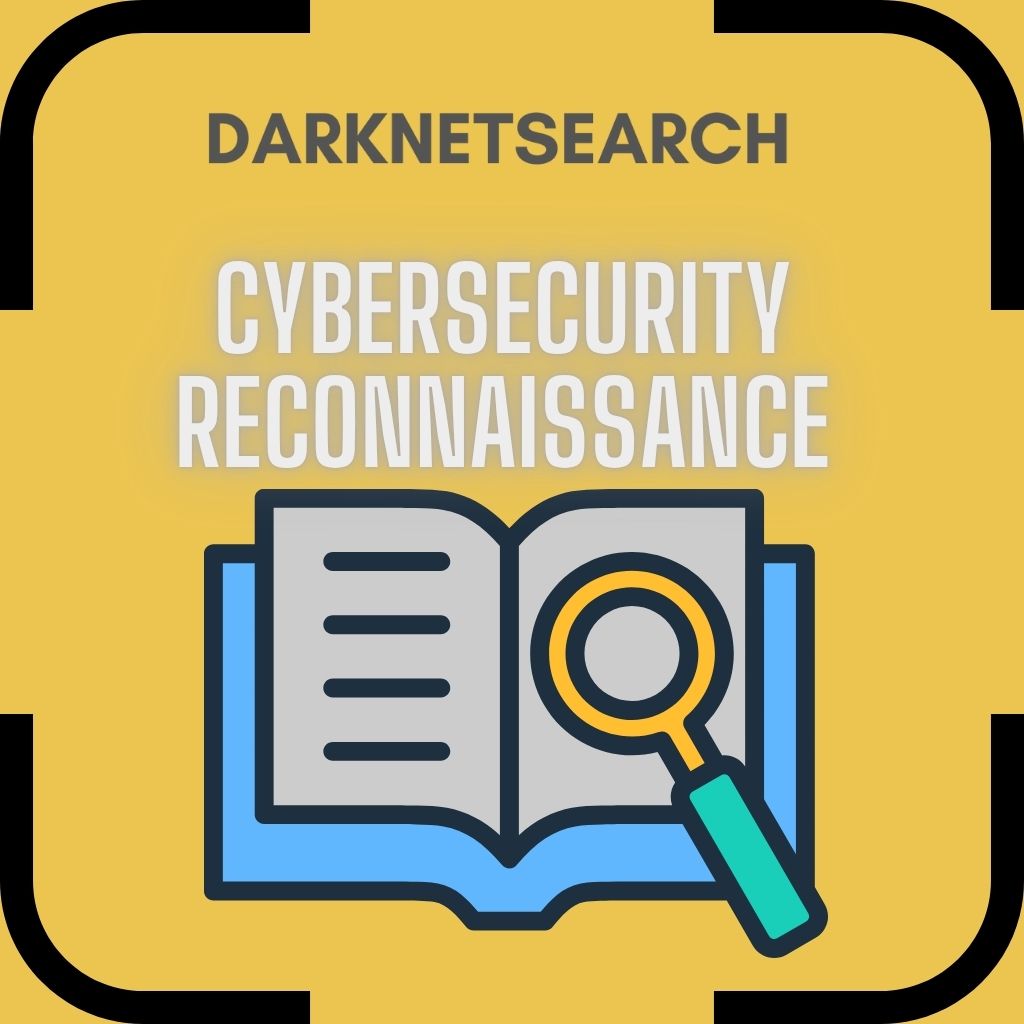Tag: Glossary
-

Cookie Hijacking
Cookie hijacking (also known as session hijacking) is a cyberattack in which a hacker steals or intercepts a user’s browser cookies to gain unauthorized access to their online accounts. These cookies often contain session IDs, tokens, or login data that identify you when you visit a website. Once stolen, attackers can impersonate you, access your…
-

Backdoor
A backdoor is a secret method that allows someone to bypass normal authentication to access a computer system, application, or network without detection. 🧠 In cybersecurity, this hidden access point is often installed by hackers, malware developers, or even legitimate software vendors for remote troubleshooting. However, when exploited, it becomes a dangerous tool for cyberattacks…
-

Rootkit
The question “What is a rootkit?” is more relevant than ever in today’s digital security landscape. A rootkit is one of the most sophisticated and dangerous types of malware — designed to hide deep within a system and give attackers persistent, privileged access without detection. Unlike traditional viruses or trojans that execute visible actions, a…
-

Command and Control C2
In the world of cybersecurity, few terms generate as much concern as Command and Control (C2). But what is Command and Control exactly? In simple terms, C2 refers to the infrastructure that allows cybercriminals to communicate with and control compromised devices or networks remotely. When malware infects a system, it doesn’t act alone — it…
-

Zero-Day Exploit
In the fast-evolving world of cybersecurity, one of the most feared and misunderstood concepts is the zero-day exploit. But what is a zero-day exploit exactly? In simple terms, it’s a cyberattack that targets a previously unknown vulnerability before developers can fix it. 🧠 These attacks are especially dangerous because they strike before anyone even knows…
-

MFA (Multi-factor authentication)
In a digital world where cyberattacks are growing more sophisticated, understanding what MFA is has become critical for both individuals and businesses. Multi-Factor Authentication (MFA) is one of the simplest yet most powerful ways to secure accounts against hacking, phishing, and credential theft. 🚀 By requiring more than one form of verification — such as…
-

CTI
What is a CTI? In a world where digital threats evolve every second, understanding what a CTI is has become crucial for every organization. A Cyber Threat Intelligence (CTI) system enables companies to identify, analyze, and respond to cyberattacks before they cause damage. 🚨 By transforming raw data from multiple sources — such as the…
-

DDOS
What is DDOS? In today’s digital world, DDoS attacks are among the most disruptive and damaging forms of cybercrime. The term DDoS (Distributed Denial of Service) refers to a coordinated effort by multiple systems to overwhelm a target—like a website, server, or network—until it becomes inaccessible to legitimate users. These attacks can cripple online businesses,…
-

POC
What is a Proof of Concept (POC)? Proof of Concept (POC) is a vital stage in innovation and project development. At its core, the proof of concept helps teams determine if a new idea truly works, before heavy investment in full-scale execution. This article explores what a POC is, why it matters, and how you…
-

Cybersecurity Reconnaissance
What is Cybersecurity Reconnaissance? In the ever-evolving landscape of cyber defense, cybersecurity reconnaissance plays a critical role in understanding how attacks begin. Before launching any exploit or intrusion, hackers engage in a process known as reconnaissance, collecting valuable information about networks, systems, and users. This early phase helps them find vulnerabilities to exploit. By learning…
